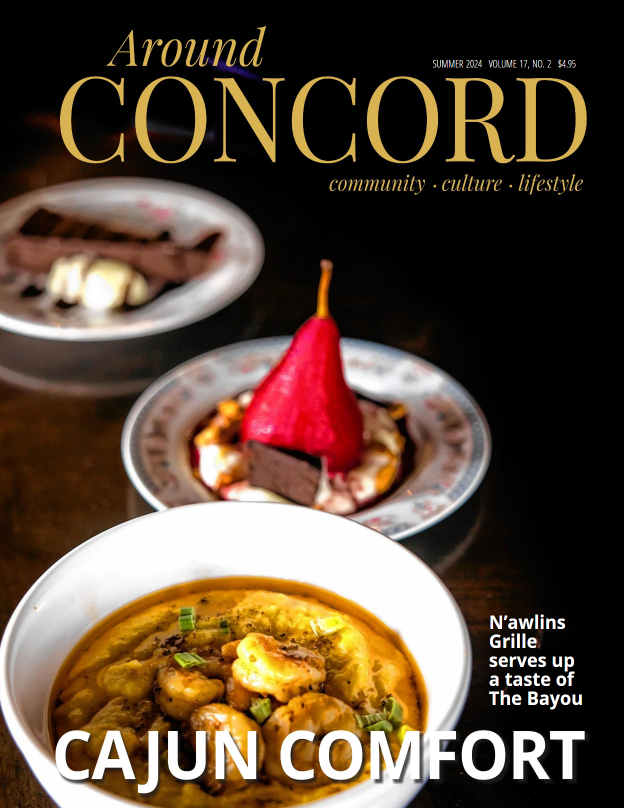World War I and the great influenza pandemic were inextricably bound together. The war was nearly over when the first cases were reported to Camp Devens (later Fort Devens) in August 1918. Sixty-five people died in 24 hours with 5,000 to 6,000 cases under treatment.
By September 25, Concord had 80 cases, and Manchester had 600. At one point, of Margaret Pillsbury General Hospital’s 26 nurses, 25 were ill. Moreover, eight of the hospital’s physicians were absent, serving in the United States or abroad. (Pillsbury Hospital and the Memorial Hospital for Women and Children merged in the 1940s to become Concord Hospital.)
The Elks Home became an emergency hospital for a month, until October 28.
Schools had been closed as, eventually, were churches and theaters. Graduates of Red Cross courses in first aid and home nursing were urged to volunteer to care for families who were ill at home in Concord. Owners of automobiles offered transportation to district nurses. Funeral homes ran low on caskets to bury the dead, and the city’s board of health requested that only the closest relatives and friends of the dead attend funerals.
Estimates of the number of dead worldwide begin at 21 million and climb to as many as 100 million. Important as the numbers of victims were, so were their ages. Influenza killed young people in their 20s and 30s, the prime of life. Though the pandemic lasted two years, around two-thirds of the victims were killed in a 24-week period.
The pandemic transformed medical and nursing education. The war’s end had left the United States dangerous short of caregivers, and officials realized that the training of nurses, in particular, was woefully inadequate.
As hospital standards improved, it became evident that college-educated instructors were needed to improve the training nurses received.
In 1920, Pillsbury Hospital hired Mary C. Gilmore, an alumna of Boston’s Peter Bent Brigham School, to be the first nurse in Concord who was solely a teacher.
Osma Morrill, widow of founder Dr. Shadrach Morrill, chaired the hospital’s committee on nurses. A member of the city Department of Education, she substantially improved the course of study during the 20s. At her suggestion, a women’s auxiliary, the Margaret Pillsbury Chapter, was formed in 1926, an organization tireless in its efforts to make a hospital stay more pleasant for the patient and the school years easier for student nurses.
In this ancillary work Memorial Hospital was well ahead of Pillsbury. Because it had been organized by women, its Women’s Hospital Aid Association, influenced nearly every area of the institution. In 1946, when the two hospitals merged, they called themselves the Hospital Associates, the name used by Memorial’s volunteers.

 View Print Edition
View Print Edition